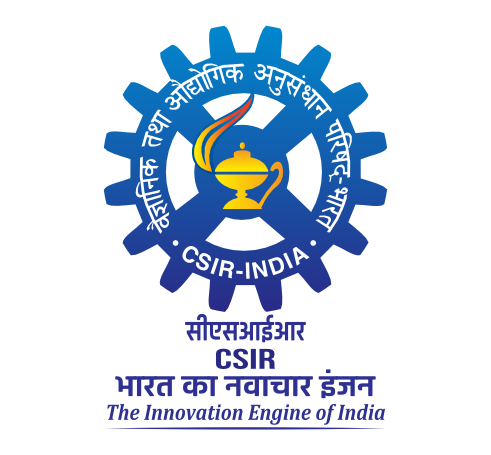Impact of processing techniques on the nutritional quality, antinutrients, and in vitro protein digestibility of milled soybean fractions
Sreechithra, T. V. and Suresh Sakhare, D. (2025) Impact of processing techniques on the nutritional quality, antinutrients, and in vitro protein digestibility of milled soybean fractions. Food Chemistry, 485. pp. 1-9.
|
PDF
1-s2.0-S0308814625018163-main.pdf - Published Version Restricted to Registered users only Download (2MB) | Request a copy |
Abstract
The study analyzed the quality characteristics of roller-milled soybean fractions following germination, roasting, and hydrothermal treatments. Roller milling influenced the distribution of nutrients and antinutrients across fractions. Semolina fractions exhibited high nutritional value, with coarse semolina containing higher ash, protein, fiber, iron, zinc, and phenolic content. As particle size decreased, phytic acid and trypsin inhibitor content reduced while protein digestibility improved. Phytic acid decreased by 33.12 %, 13.38 %, and 15.92 % after germination, roasting, and hydrothermal treatment, respectively. Trypsin inhibitor reduction was highest in hydrothermal (82.68 %), followed by germination (64.77 %) and roasting (61.16 %). These results emphasize the benefits of pre-milling treatments and physical separation in enhancing soybean nutritional quality.
| Item Type: | Article |
|---|---|
| Uncontrolled Keywords: | Nutritional, Antinutritional, Antioxidant, Microstructural analysis, Soybean |
| Subjects: | 600 Technology > 08 Food technology > 16 Nutritive value 600 Technology > 08 Food technology > 22 Legumes-Pulses > 05 Soya bean 600 Technology > 08 Food technology > 05 Processing and Engineering |
| Divisions: | Flour Milling Bakery and Confectionary Technology |
| Depositing User: | Somashekar K S |
| Date Deposited: | 24 Jun 2025 08:17 |
| Last Modified: | 12 Nov 2025 08:48 |
| URI: | http://ir.cftri.res.in/id/eprint/19560 |
Actions (login required)
 |
View Item |

